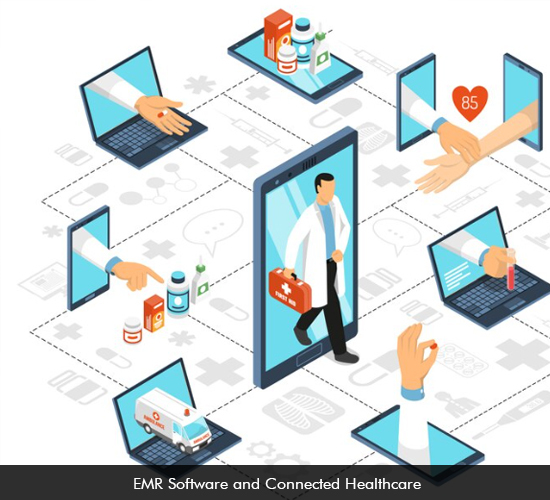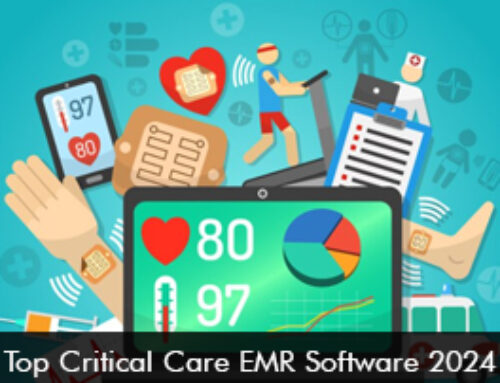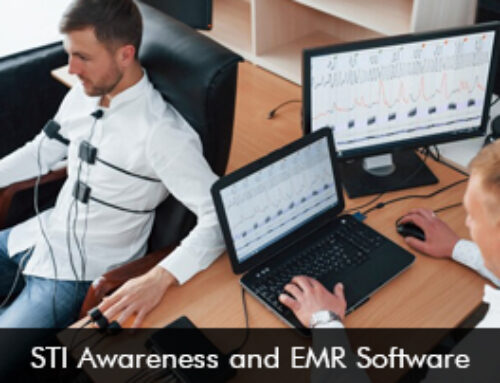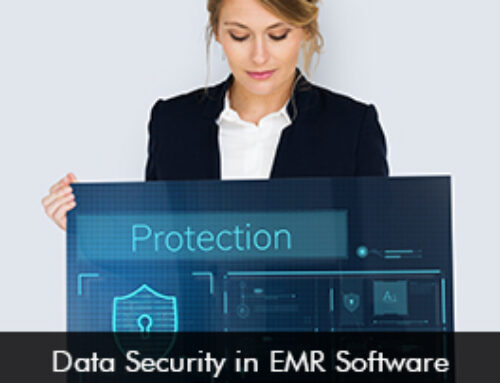Connected care is a healthcare model that stresses seamless communication between various stakeholders involved. Specifically, connected care utilizes technology and software solutions to help connect healthcare providers, patients, pharmacies, nurses, and other relevant parties. The use of connected care technology enables patients and clinicians to communicate smoothly without any gaps.
The Role of EMR Software Systems in Healthcare
EHR software is intended to digitally record and retain patient health information, such as medical history, diagnosis, prescriptions, lab results, and other pertinent information. Healthcare firms can streamline their operations, boost efficiency, and improve patient care by implementing EMR technology. When combined with connected care initiatives, electronic medical records software allows for the easy sharing of patient data across many healthcare providers and locations, ensuring continuity of care.
How can Electronic Health Records Software Support Connected Care?
The Electronic Medical Records (EMR) Software when implemented correctly is a great way to strengthen relationships and boost collaboration between caregivers. When there is seamless communication health outcomes can enhance for everyone.
Here are a few examples of how EHR software can help with connected care:
- Interoperability options: An electronic health records software offers its users interoperability options to support the seamless exchange of patient health information. Interoperable systems meet data exchange standards and protocols for the secure sharing of information. This can greatly improve care collaboration and coordination to improve patient care.
- Centralized patient information: Comprehensive and accurate patient information can be easily viewed by authorized physicians. Cloud-based technology improves access to data as it can be viewed on the go. This helps to provide coordinated care to patients.
- Remote healthcare delivery: Remote healthcare delivery, such as telehealth and remote patient monitoring, is frequently used in connected care. EMR software can be integrated with telemedicine systems, allowing healthcare providers to conduct virtual consultations, analyze patient data in real time, and electronically update medical records. This encourages remote access to care while decreasing the need for in-person appointments.
- Patient Engagement: Patient engagement tools such as patient portal functionality are offered by many EHRs. The patient portal platform empowers patients as they can participate actively in their care journey. Via the patient portal solution, patients can easily communicate with their providers at any time of the day. Patients can also view lab results, schedule appointments, and pay online bills conveniently.
Final Takeaway
By offering a platform for complete, interoperable, and secure administration of patient health information, EMR software plays a critical role in enabling connected care initiatives. A connected healthcare environment is necessary for seamless cooperation, care coordination, and remote healthcare delivery, thereby enhancing patient outcomes and the healthcare system’s overall efficiency.







